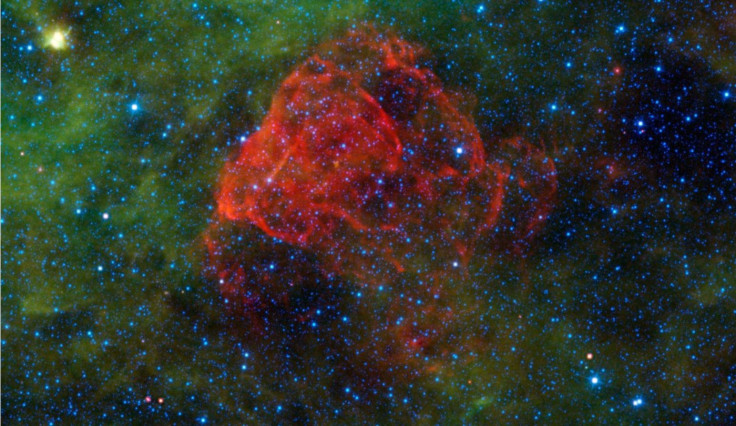900-Year-Old Mystery Solved: Astronomers Shed Light On Supernova Spotted In 1181 AD
KEY POINTS
- Supernova seen by early astronomers in 1181 AD remained a mystery for long time
- Astronomers may have just determined its origins and remnant
- The nebula Pa 30 surrounding one of the hottest stars in the galaxy "fits the profile"
Have astronomers finally solved a 900-year-old cosmic mystery? They may have just determined the origin of a supernova seen in 1181 AD.
Chinese and Japanese astronomers witnessed a supernova in the sky in the 12th century, The University of Manchester (UoM) noted in a news release. Dubbed the "Chinese Guest Star," it was said to be as bright as Saturn and was visible for about six months.
Its origins, however, remained a mystery for centuries. Although the early astronomers were able to record its location, it remained the only one out of the five bright supernovae in the Milky Way in the last millennium whose origin was unknown. The other ones are already well-known to science, the university noted.
But an international team of researchers may have just solved this 900-year-old puzzle in their new study, published in The Astrophysical Journal Letters Wednesday.
For their work, the astronomers looked at the velocity of the expansion of a nebula known as Pa 30, which UoM noted to be surrounding Parker's star, "one of the hottest stars in the Milky Way." Through this, they were able to determine its age, which happens to coincide with the 1181 AD event.
"The derived expansion age of the nebula implies an explosive event ≈ 1000 yr ago that agrees with the 1181 event," the researchers wrote. "The on-sky location also fits the historical Chinese and Japanese reports of SN 1181 to within 3 5."
Overall, the "age, location, event magnitude and duration" of Pa 30 puts it in a "prime position" to actually be the long-lost counterpart of the historic cosmic event.
Furthermore, this also gave the astronomers a chance to spot what's believed to be the remnants of the rare Type Iax supernova.
"Pa 30 and Parker's star have previously been proposed to be the result of a double-degenerate merger, leading to a rare Type Iax supernova," the researchers wrote.
"Only around 10% of supernovae are of this type and they are not well understood," the study's co-author, Prof. Albert Zijlstra of The University of Manchester, said in the news release.
"This is the only Type Iax supernova where detailed studies of the remnant star and nebula are possible. It is nice to be able to solve both a historical and an astronomical mystery."

© Copyright IBTimes 2024. All rights reserved.






















